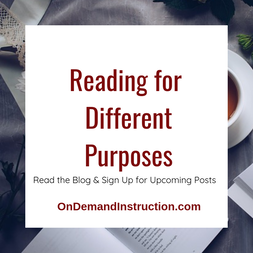
I didn’t spend a lot of time thinking about reading purposes until I had to teach it. When I sat down with my students, I quickly realized that I naturally shifted from one type of text to the next without thinking about how my approach to reading changed, but they needed explicit instruction on how to read for different purposes.
Here are four different approaches to reading that you might use: 1. Reading for Pleasure For whatever reason, I have always read upside down. I have no idea why this is, but I absolutely love — and I mean love — to read with my feet in the air while lying on the couch. Ever since I was a little kid, I remember throwing myself down, my feet on the couch’s back, and settling in for an afternoon of reading. Reading for pleasure should be an enjoyable activity. When you look back on your life and think about the loveliest moments, you might include your pleasure reading. This is the type of reading we do while drinking coffee, hot tea, or wine. This is the type of reading when we fall asleep and feel like a mid-chapter nap is just part of the process. For pleasure reading, the book is one element of the experience. When we read this way, the whole action should be pleasurable: dozing off mid-chapter, drinking a favorite drink, snacking on delicate morsels, snuggling with the cat, and wrapping up in grandma’s homemade afghan, while getting lost in whatever book our nose is tucked in.
4. Reading for Information
When we read for information, we are reading to learn. We come to a textbook to prepare for an exam. We read a series of articles to figure out a solution to a problem. We read nonfiction books so that we can be better informed. Everything about this type of reading is different than reading for pleasure, although certainly we experience a kind of pleasure while learning. When reading for information, I sit upright and likely have a notepad nearby to take notes. Research supports taking notes while reading to increase memory, and I have found it to be true for myself. I have a few different ways of taking notes while I read for information. I use sticky notes to mark passages in the book where I need to jot down an idea related to a specific passage. I also use smaller sticky notes that allow me to mark an important page so that I know where to reread after I finish my first read-through of the book. If I’m reading something detailed, I pull out a notepad and take notes by hand while I’m reading. When reading for information, I’m up, focused, with my notepad ready. No naps and cat cuddles here.
3. Reading for Inspiration
When we read for inspiration, we can find the middle space between reading for pleasure and for information. Some say that we read to know that we are not alone. Some say we read to connect to the collective intelligence of the universe. And others say we read to take the next step on our personal journeys. I would say that all of these are true. Each of us comes to the printed page for a different reason, but many of us come to it to be inspired. In many ways, life can be a challenge, especially for those with health, money, or professional problems. When we come to read, books don’t judge us. In fact, many dozens of authors are solely dedicated to writing pieces intended to inspire. The reasons that we need inspiration are endless. Maybe you've been thinking about remodeling the house and now you need ideas on upgrades you can afford. Maybe earning your PhD been a lifelong dream and you need to know what programs are out there. Maybe the allure of visiting Paris finally got its hold on you and you're curious about which restaurants serve gluten-free food. While reading for inspiration, you may not need to take notes, but nodding off mid-chapter would likely defeat the point of finding inspiration. Reading for inspiration is reading to reconnect a frayed connection, and you have to pay attention to make that happen.
4. Reading to Share
I will admit that I lack consistency when it comes to reading aloud to my kids, though when we read together, I love it. Believe it or not, reading was a group activity until recent history. Before people wrote stories on paper, all information was passed verbally from one person to another or from one person to many. Not until the 17th century did humans even consider reading silently to themselves. We are group-minded creatures and have always shared information aloud: stories, poetry, songs, histories, and government edicts. In fact, until the 17th century, people would expect that if you pulled out a book you would share the information and read it aloud to everyone present. To read silently would have been rude. If you happen to have a person under the age of ten in your household, then you likely read aloud quite a bit, even if inconsistently like me. Reading aloud changes the relationship between people. When we read in a group, the reader takes the attention from all other activities. If you spend any time with a toddler, you know that it is impossible for a small child to ignore a book. When my kids were little, we would pull out a book and they would instantly race over to see the pictures and hear the story. Reading aloud gives power to the reader, which is why many teachers have kids read aloud in groups. The reader can perform, be in charge, and lead without coming up with their own stories. Some elementary schools bring in therapy dogs for reluctant readers to build their confidence. The act of reading aloud brings the reading alive. It changes the relationship between people when reading. And it encourages conversation and discussion during the reading process.
When we read, we have to set our mindset for the purpose. What do we want to achieve? What do we want to gain from the reading? How much attention and dedication will the reading require? Do we need to take notes, be super-alert, or access other resources while reading?
When I first encountered the idea of using different techniques for different reading purposes, what I realized is that my students were trying to read for pleasure all the time. They weren’t learning while reading for information because they weren’t focusing, taking notes, or dedicating their time to the text. Instead, they were petting the cat, drinking tea, and putting their feet up: all the things I would tell them to do while reading for pleasure. As I started working with them on this, we identified that our bodies can look different when we read different books. Our minds need to be in different mindsets to tackle different books. And we need access to different resources when we read different books. When we identify what we need from a book, we can show up ready to read, and that helps us meet our purposes. Related Blog Posts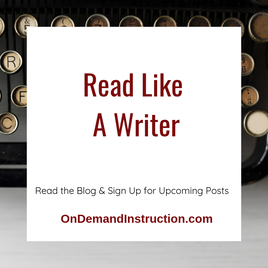
What do you think about, focus on, and look for when you’re reading? When most of us read, we seek out entertainment and information. We want to fall into a story and let it take us away from our personal dramas for a little while, and we seek to improve ourselves by expanding what we understand about the world.
When readers approach a book, they should identify why they are reading. What is the purpose that brings them to the page? I know, of course, that many of us grab a book at the library and automatically dig into it like it’s chocolate cake because we have an inkling of what to expect. But if we take a moment to identify our needs first, our reading process can be more targeted. We can develop a writer’s mindset while we read.
Writers tend to read differently than other people. While many people have a love of language, an appreciation of the depth of narrative, and an acknowledgment of the writer’s talents, writers look for the how, what, and why of what went into the writing.
When writers read, we tend to ask more questions about the piece like:
When writers read, we look not only at how entertaining the narrative is or how instructional the piece is, but we also consider how the writer went through the process of coming up with an idea, researching the idea, then writing, editing, and revising the piece until it landed in the publishable form.
When we read as writers, we get into the mindset of being the reader and the writer simultaneously. As the reader, we want to be entertained or guided. We want the book to make us better people, better informed professionals, or happily entertained readers. We know how it feels to have a book take over our thoughts so that when we aren’t reading, we’re thinking about the book.
As writers, the complications of writing a book become clearer. We think about how to take an idea from its infancy to a fully developed piece. We think about the language and how to make sure that everything not only makes sense but connects with readers so that people get the most out of the reading that they can.
When I read like a writer, I ask how the writer constructs a book-length piece, but I also ask about what and why:
As we read with the writer’s mindset, we are digging into the writing, how it was constructed, what the writer meant by information they included, and why the book had a particular effect.
What a writer does when they read is analyze the piece while reading. We don't just think the way a reader does. We think about what it was like for the writer to create this piece. By getting into that mindset, every book we read becomes a roadmap for writing. Every book is a manual, and if we can pull it apart, we can get a peek behind the curtain and understand the writer’s work a little better. Related Blog Posts |
About the SiteWelcome, Writers! Archives
September 2023
|
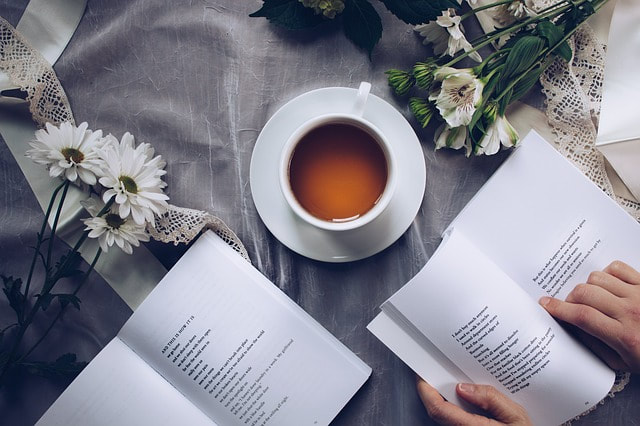
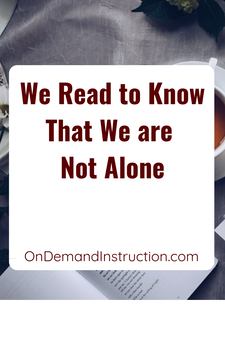
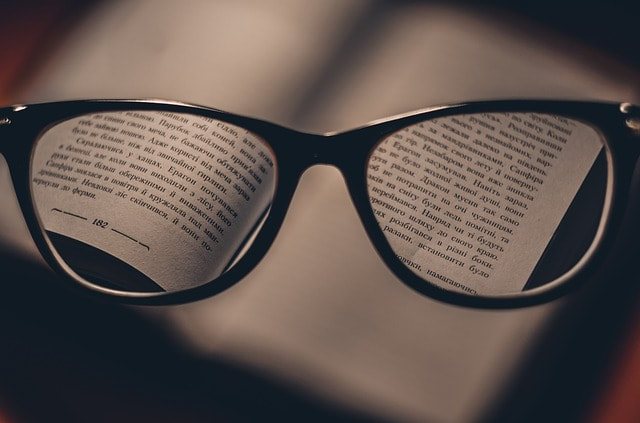
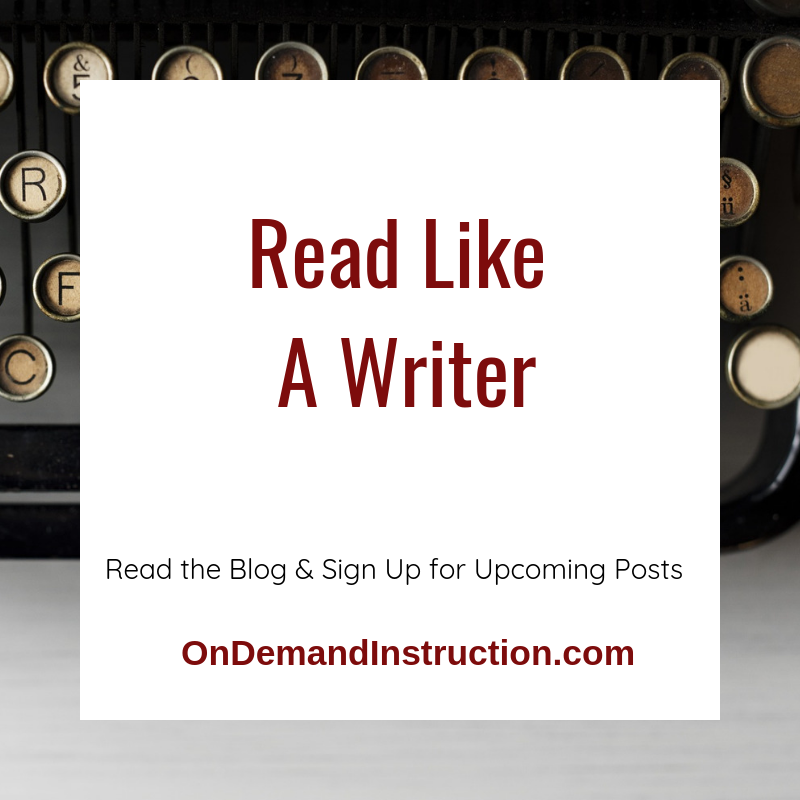

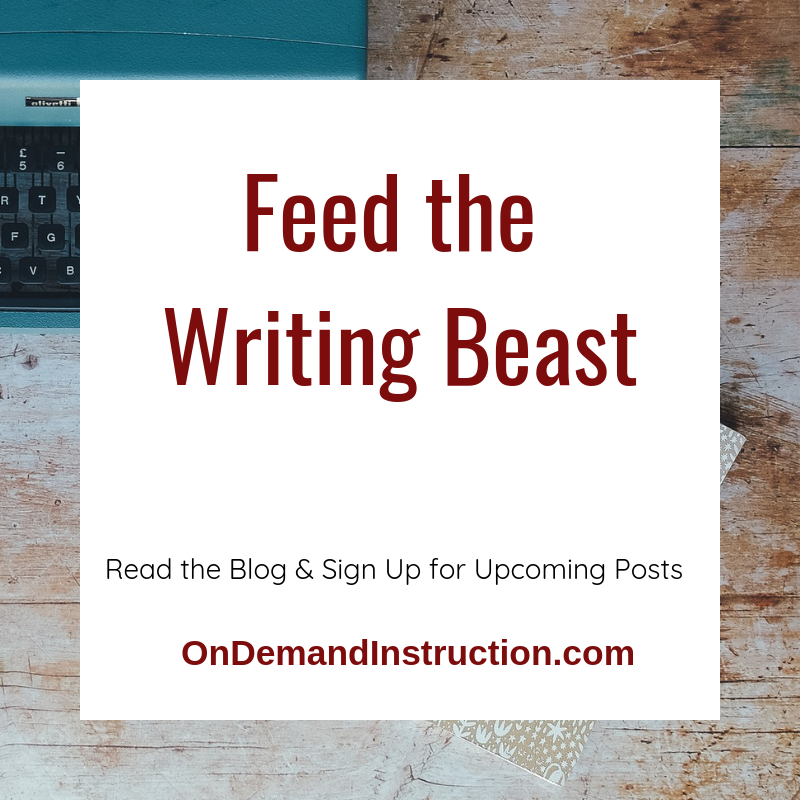
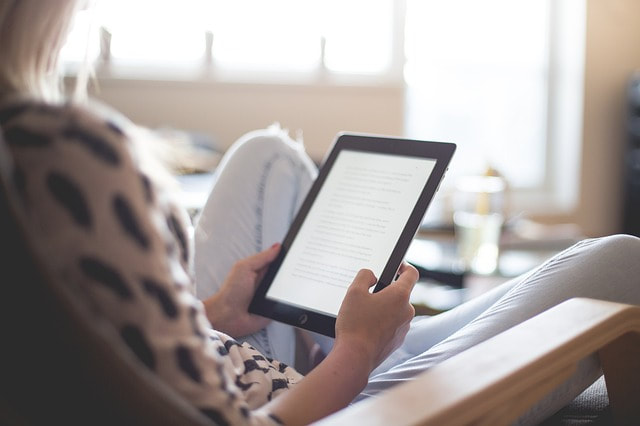
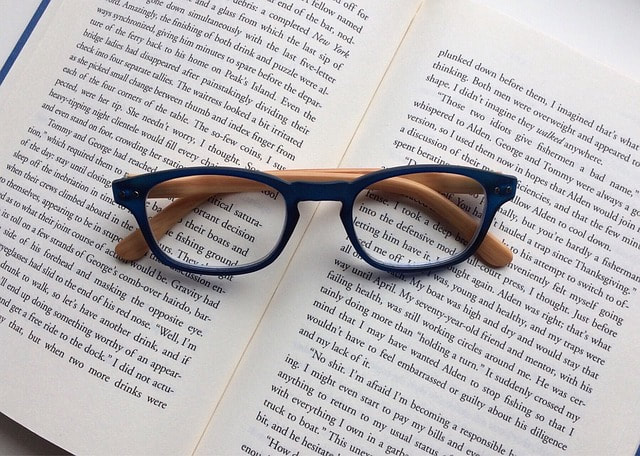
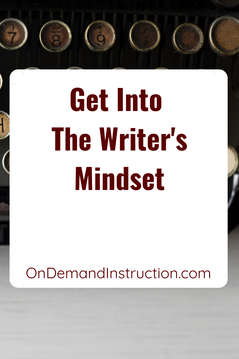
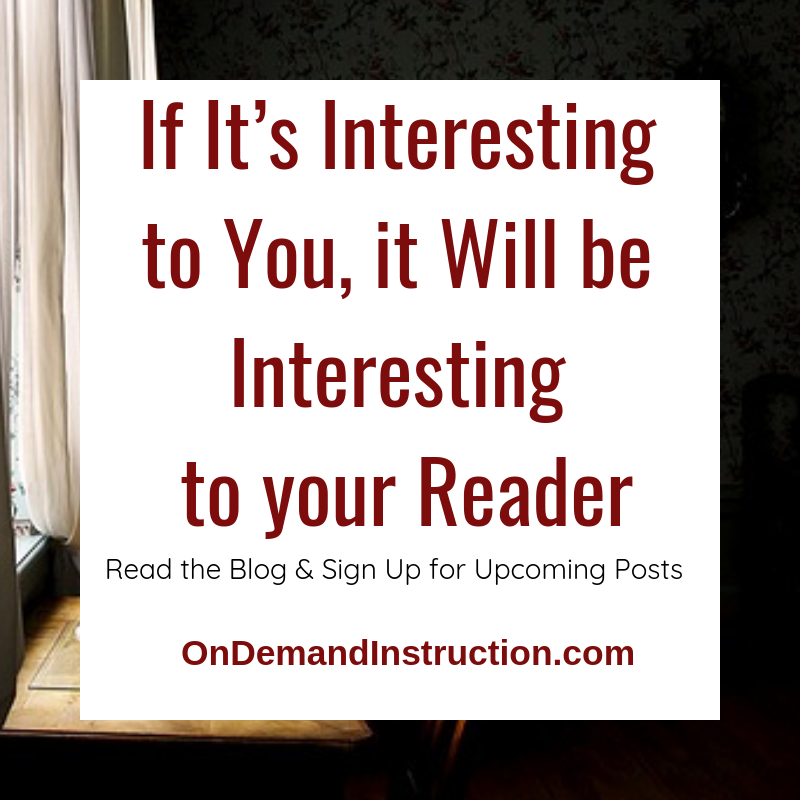
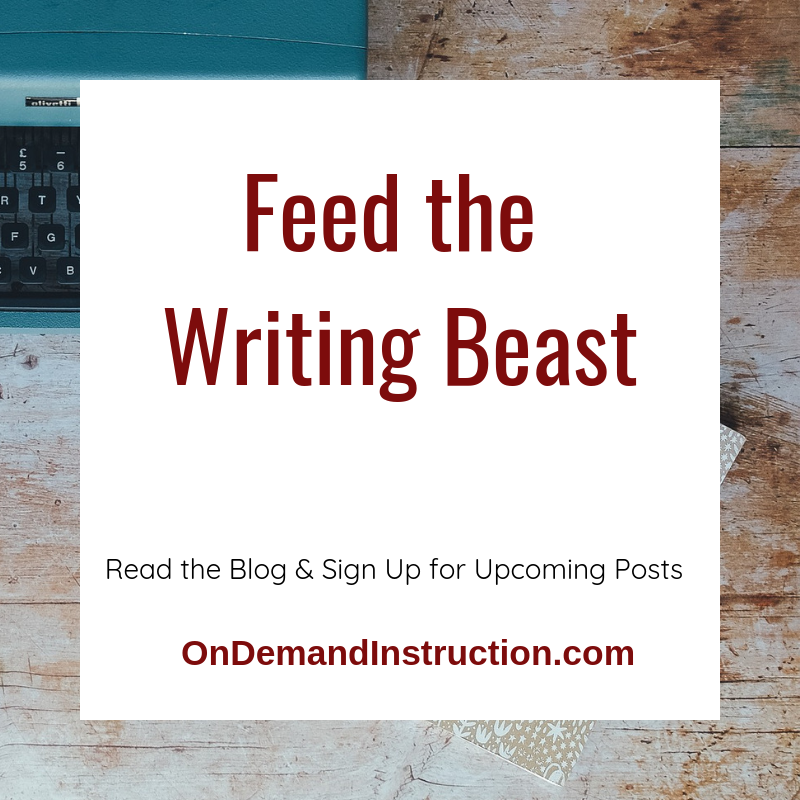
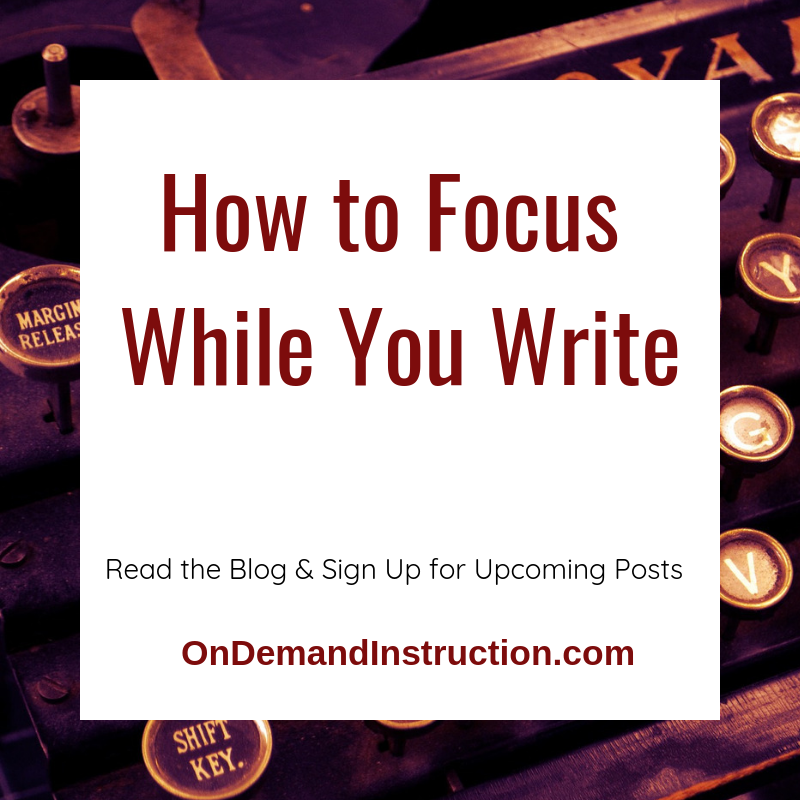
 RSS Feed
RSS Feed